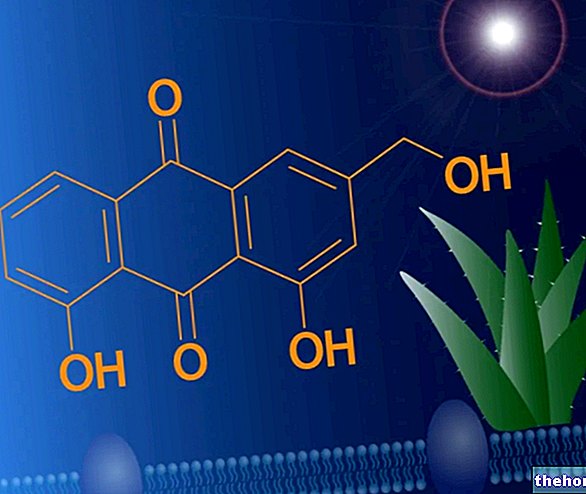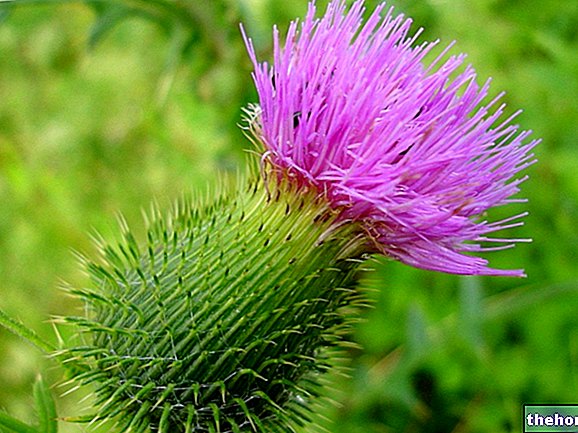"Pharmacognosy": term coined in 1811 from the Greek "Pharmacon gnosis", that is, KNOWLEDGE OF THE DRUG. The term" pharmacon "has a double meaning: medicine and poison; this indicates that only a correct dosage allows us to benefit from a drug or a drug and determine its healthy aspect.
The discipline of pharmacognosy allows us to get to know a drug in depth, but to do this we need important premises deriving from biology, botany and organic chemistry; only by applying this knowledge it is possible to study the sources and active principles that are a healthy expression of that specific drug.
Pharmacognosy is a knowledge that has always been known, because it is the expression of an instinct towards health inherent in man and the whole animal kingdom: every living being aims at its own survival. Since ancient times the instinct towards health has been projected towards that world that helps man to preserve and preserve health, or the environment that surrounds him.
Most of the sources of medicaments and drugs come from the plant kingdom; there is no alternative: any molecule known to man for health purposes derives from the plant world; man did not invent anything, he simply transformed what already existed for his benefit. A classic example is given by the active principle of aspirin, acetyl salicylic acid, a molecule that humans have learned to use as a medicine because folk medicine made use of a decoction based on willow bark to quell some inflammatory states. The study of this source led to the discovery of phenolic compounds with an anti-inflammatory action, such as salicin.
Traditional medicine as we know it today is the result of an instinctive medicine, of that knowledge related to the plant world that has led man to instinctively learn, over the years, to discern what is good from what is bad, what is medicine from what is poison. Man has always been very attentive to knowledge of health, because health is what man absolutely needs. It is no coincidence that the greatest doctors of the past were first botanists and a doctor could not be such if he did not know medicines. With the passing of the decades, humanity began to structure this instinctive knowledge; Thus disciplines are born aimed at the study of everything that can be a source of well-being and health, disciplines such as pharmaceutical botany, phytochemistry, pharmacology and toxicology. All these areas aim at the knowledge of the source and its healthy expression. This is why pharmacognosy is a science that draws on different knowledge, even if it is not a full expression of them: each discipline deepens some aspects more than others; the object of study of pharmacognosy is drugs.
The knowledge of what is useful for preserving health is a complex and at the same time very important knowledge, therefore it becomes an increasingly exclusive knowledge and the prerogative of a few. When man in the past was unable to explain why a certain source acted as a medicine, he attributed the benefit obtained to a divine and supernatural entity. This knowledge increasingly assumed the nuances of a religious pseudoscience, which was limited to knowledge of the healthy expression without asking why. This explains why even today in some populations the figure of the doctor coincides with that of the shaman. This baggage of knowledge that was growing more and more was held by a few and important figures, such as priests, shamans and healers. This tradition still continues today only in some populations of Asia and South America; in Western countries, however, there is a clear distinction between science and religion, since we know the reasons why a particular source has a specific pharmacological effect. Therefore, there is also a clear social distinction between the figure of the pharmacist and that of the priest; the first has a scientific-sanitary knowledge, the other a religious knowledge. The figure of the shaman is still very successful today, he uses plants for therapeutic purposes, but his sanitary exercise is mediated by the divinities and attributed to his precious stick . The figure of the pharmacist is also marked by a particular symbol, the caduceus, or the health stick. This shows that the way health is preserved is different, but the source is always the same in all populations.
The study of drugs therefore has a "very ancient origin, because they have always been of health interest and not only; for example, spices, which are still used today in the kitchen to flavor dishes, were used in the past, thanks to their antiseptic properties, to be able to preserve food longer. In the countries of South America, chilli pepper is widely used, a spice with marked organoleptic notes but also antimicrobial. The evolution of the uses of chili pepper exemplifies how a banal kitchen spice can have a pharmacognostic relevance; the chili drug, in addition to providing spiciness to the dish, in fact promotes digestion by exerting an "irritating action on the mucous membranes of the stomach and stimulating secretion gastric.
Other articles on "Pharmacognosy: the relationship of" man with health "
- Pharmacognosy
- Ethnomedicine, homeopathy, Hippocratic medicine




























